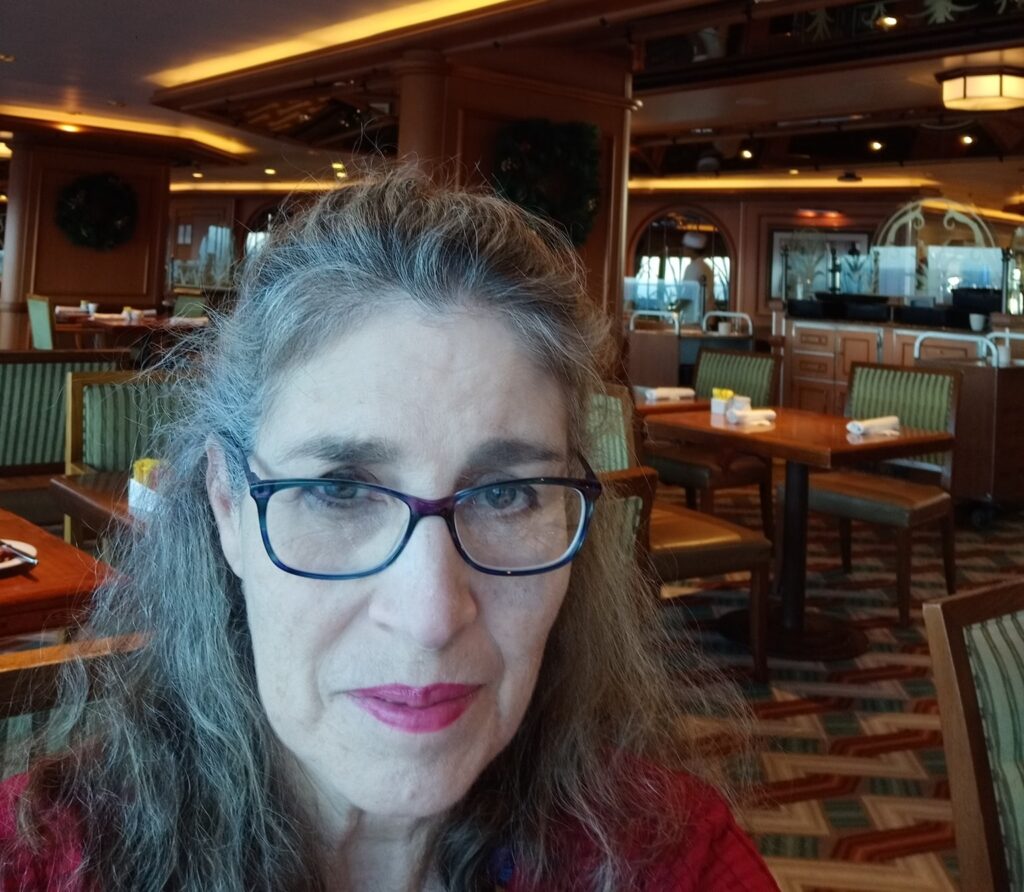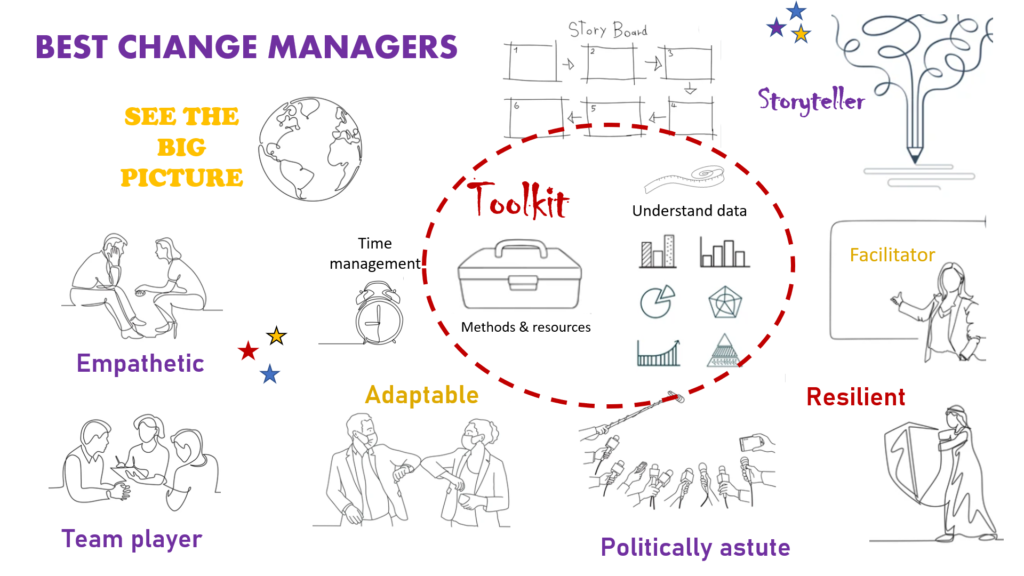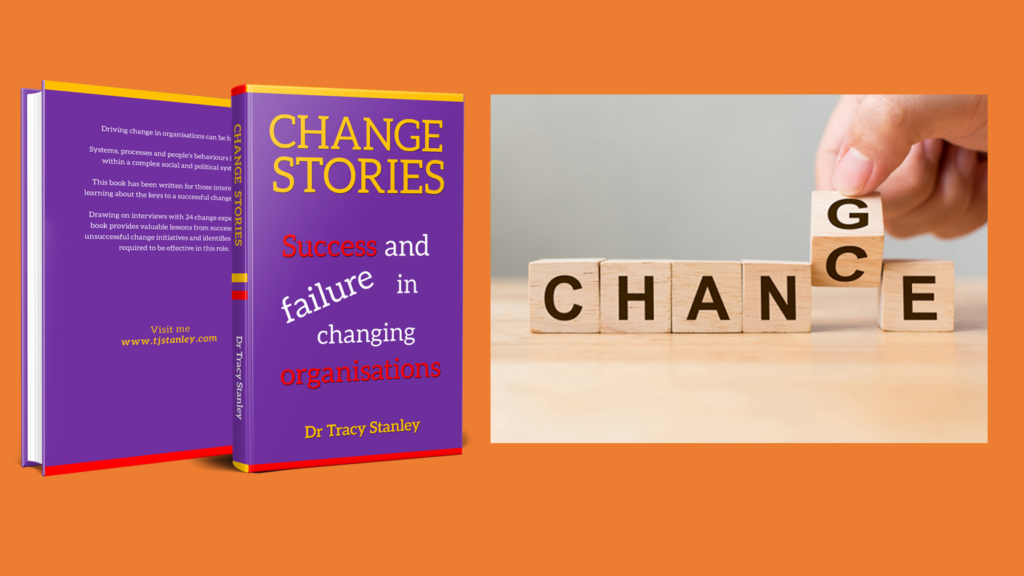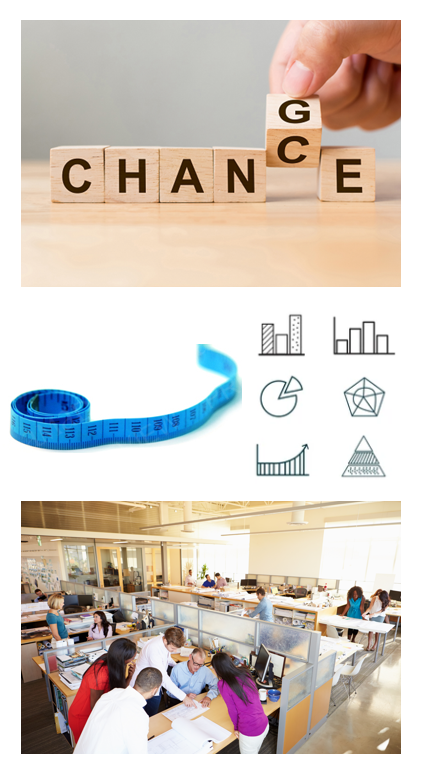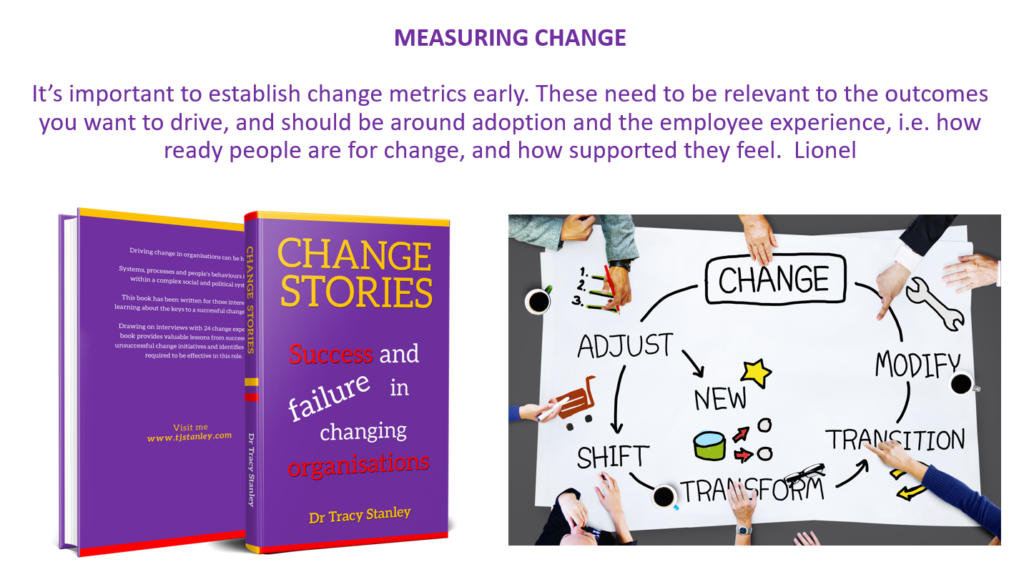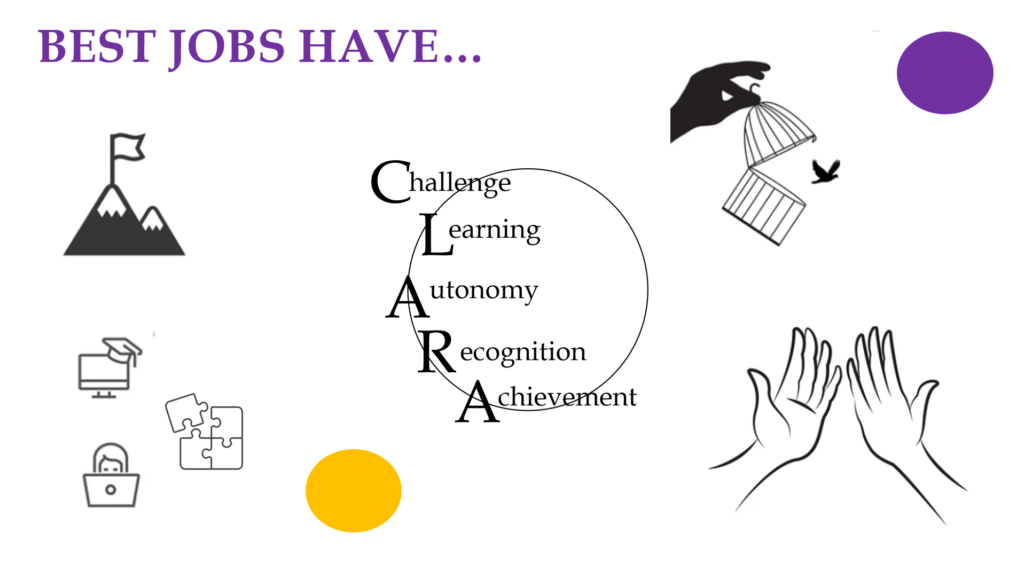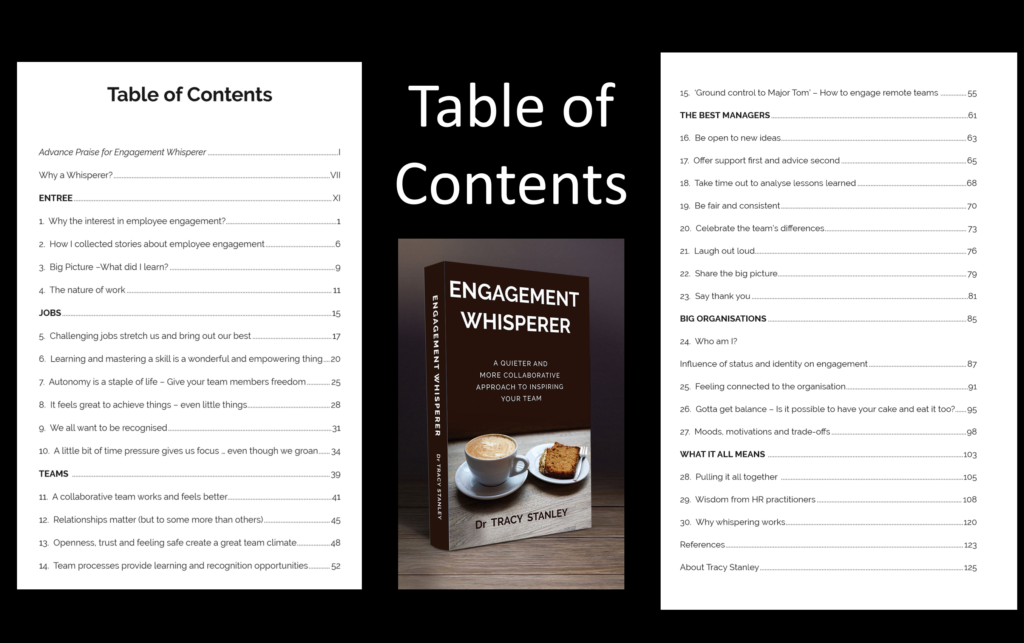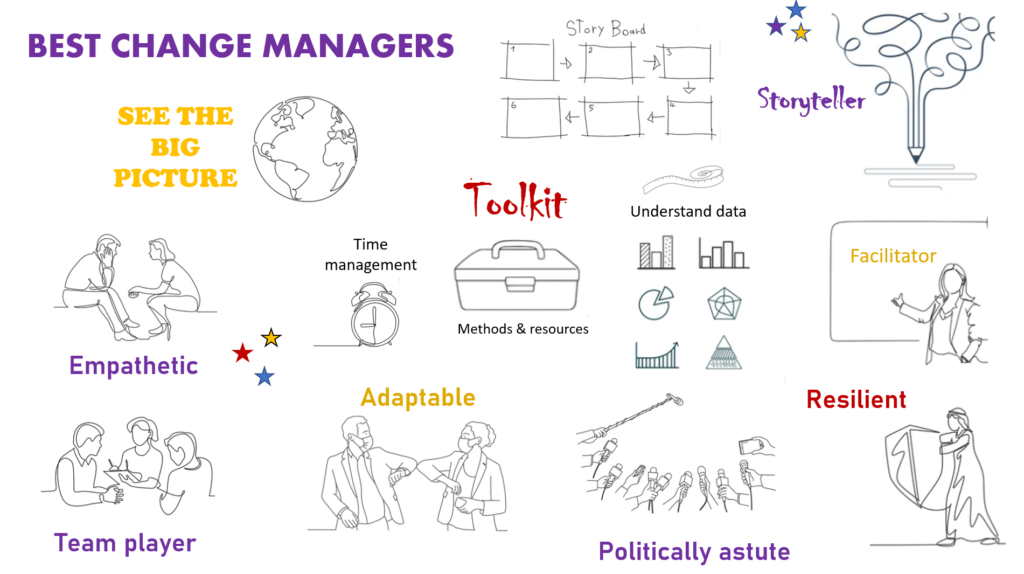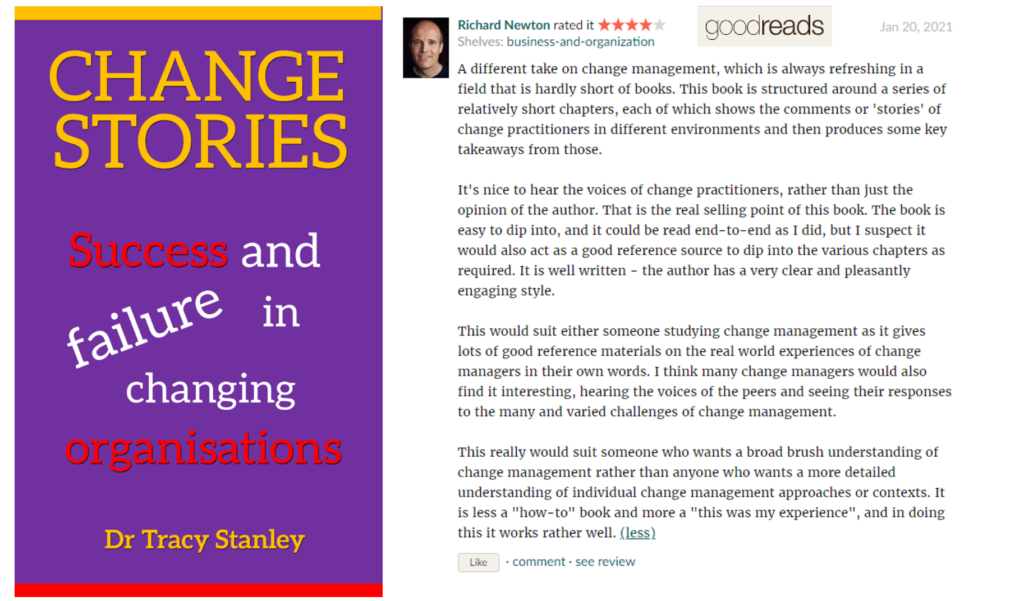Lessons from literary leaders as I sailed from Sydney to Hobart, with a thousand plus other avid readers and authors.
The discovery…
I squealed with delight. A literary festival on a luxurious Cunard cruise had popped up in my Facebook feed. Not only did it include a conference with renowned writers including Sir Alexander McCall Smith, Fiona McIntosh, Dr Anita Heiss, Anne Buist and Graeme Simsion, Sue Williams, Paul Cleave and Nick Mckenzie, but the cruise was sailing out of spectacular Sydney Harbour on a balmy summer’s evening before heading south to Hobart. I’d never been to Tasmania, (well, except vicariously as I wrote my novel Alone with a Tasman Tiger). I was keen to visit, if only for a few hours. I felt like I’d won the trifecta.

It was my first cruise, an experience I’d avoided as my husband doesn’t like anything on-water, a phobia resulting from crossing the English Channel too many times as a child.
Logically, I had to go without him.
Sensibly, I had to be prepared. Kwells and ginger were purchased and packed.
Importantly, I was coming for the learning. Notebooks, pens and refills went in my bag before the medications.
The Queen Elizabeth was impressive. I could easily have whiled away the hours being pampered in the spa, sipping cocktails by the pool or listening to beautiful music on the stairwell.

There was also a magnificent library to linger in and a daily program chock full of activities. But I was there for the author plenary sessions and workshops; a conference that happened to be on a cruise ship.
A few snippets from my scribblings below.
Sir Alexander McCall Smith is a prolific writer, and engaging teller of tales with a sharp wit, perhaps best well known for his series, The No. 1 Ladies’ Detective Agency. This series was inspired by his life in Rhodesia (now Zimbabwe) and the people he met in neighbouring Botswana. He has authored over 100 books which is amazing, particularly given he didn’t start writing until he was 50.He credits some of his success to Laura Bush, teacher, librarian and wife of former US President George W. Bush who promoted his books.
Dr Anita Heiss delivered an inspiring hip-hop poem before exploring how storytelling can be a vehicle for bringing people together. She also facilitated a workshop showing participants how to kick-start their creative juices.
There’s a perennial debate in the author community about the value of writing by the seat of your pants, aka ‘a pantser’ or ‘a plotter’, someone who uses outlines to help plan their novels. It was great to have speakers from each camp.
Fiona McIntosh was an unashamed ‘pantser’, talking about the value of just starting and writing intuitively. She wrote her first book in five weeks with the publisher coming back after two weeks with a three-book deal. Graeme Simsion on the other hand is a plotter, and showed us how to map out a novel using old-fashioned cards. He thinks in scenes, a process that encourages your writing to show and not tell. He reminded us to be conscious of when we are creative each day, and to make sure we work then and also that creativity has an incubation time. It was also valuable to learn how he co-writes with his wife Anne Buist.
Sue Williams is a travel writer who shared with us incredible stories from Australia and Africa. She showed us how to start a travel memoir with the key being, not to start at the beginning and instead choosing a compelling event that you can link back to at the end. She also encouraged us to make fun of ourselves when writing.
The cruise combined inspiration with practical advice on getting the words down. I loved it and was applying a great deal of what I learnt directly into my novel plotting. And I was also given a few ideas about murder mysteries set on ships. Perhaps a husband goes missing overboard?
